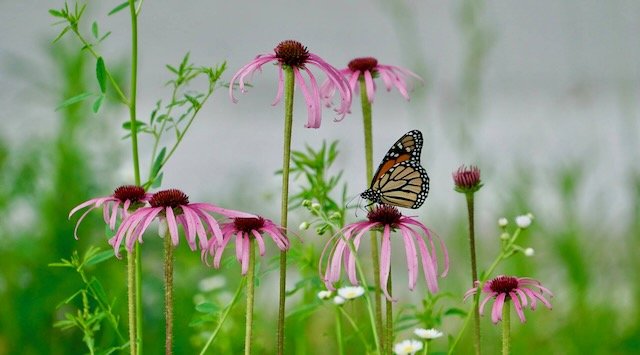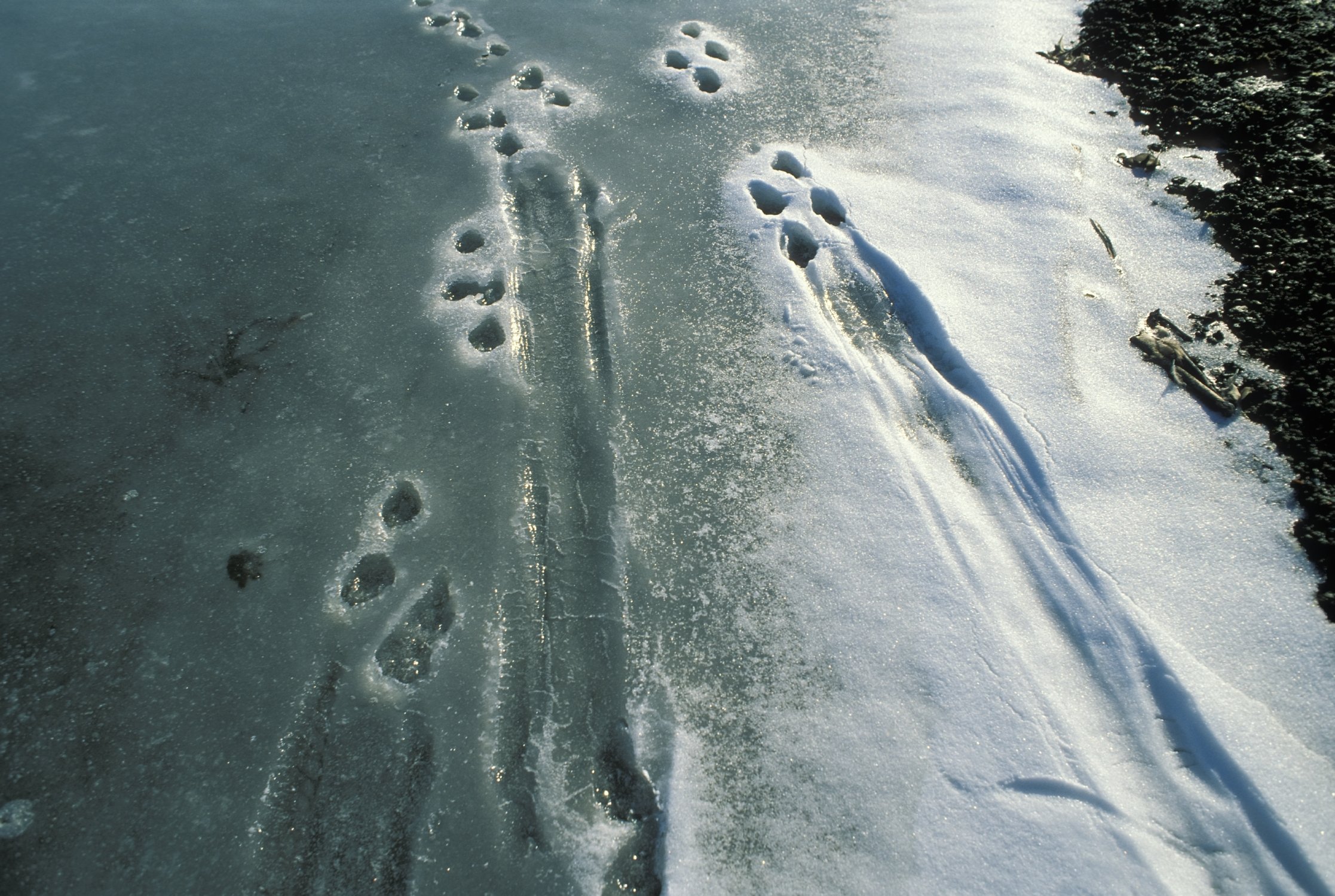Are you passionate about the outdoors? Do you have a curiosity for the natural world and a desire to positively impact your community? If so, the Master Naturalist program might be just what you’re looking for. The Missouri Master Naturalist Program is a community-based natural resource education and volunteer initiative with the Missouri Department of Conservation (MDC) and the University of Missouri Extension as partners. Our goal is to cultivate a group of dedicated volunteers in Missouri who are well-informed and eager to promote the beneficial management of natural resources and natural areas. Our program brings together adult individuals from diverse backgrounds, all united by a love for nature and a commitment to lifelong learning.
On July 30, 2024, we invite you to join us for an information meeting to learn more about the Master Naturalist program. Discover how you can be part of a vibrant community that enjoys exploring Missouri's habitats, educating the public, gathering field data for citizen science, and working together on hands-on restoration projects, area cleanups, and testing water quality in our beneficial streams. At the meeting, you will be introduced to our training opportunities, hands-on service projects, and the camaraderie that comes with being a Master Naturalist. This is your opportunity to ask questions, meet current members, and find out how you can contribute to our local conservation efforts.
Pre-registration is required to attend. Click here to learn more and register:
Master Naturalist Information Meeting Registration
We hope you don’t miss this opportunity to turn your passion for nature into action. We look forward to seeing you there and embarking on this rewarding journey together!
What our members say…
“ The Chert Glades Master Naturalist chapter is a fantastic group for anyone with a passion for the natural world. The interests and expertise held by different members are so vast and diverse that you can get answers to questions you didn't even know you had. It is the kind of community that can make you grow as a naturalist, a community organizer, an educator, and a part of the environment."
Emily B.
Class of 2022
"Hard to limit it to just a few lines, being part of a group with similar interests is always rewarding. Learning from others with varied skills and backgrounds makes projects rewarding."
Jill F.
Class of 2005
"I would recommend the Missouri Master Naturalist program to anyone willing to learn how we can make a positive impact on our environment. My goal is to learn as much as possible about nature so that I can inspire my children and grandchildren to take care of Mother Earth. The MMN program in my opinion is one of the most important volunteer opportunities in our community."
Patrick C.
Class of 2022
"If you’re passionate about nature, Missouri Master Naturalist can help find your people! Becoming a naturalist is a journey that lasts a lifetime. There is always something new to learn, understand, and share."
Val F.
Class of 2005
“When I first read about an upcoming training class, I knew immediately that I would love it. Ten years later I still love it.”
Bonnie H.
Class of 2014
“I always thought I had a good understanding of the principles of conservation and nature. However, after joining the Missouri Master Naturalist Program, I have developed a new understanding of the essential need for native plants and trees to the ecology. I have also learned the importance of involving our community, an effort requires all of us for success in restoring our natural world.”
Cynthia N.
Class of 2020
“I thought I knew a lot about plants, animals, birds, and nature in general until I went through the core training in 2007. There is not a day since I graduated from the training that I haven’t learned something new. You get out of the program what you put into it. The Chert Glade Chapter is a very active group with volunteering, working, and educating the general public & one another with a wide variety of topics.”
Karen G.
Class of 2007













